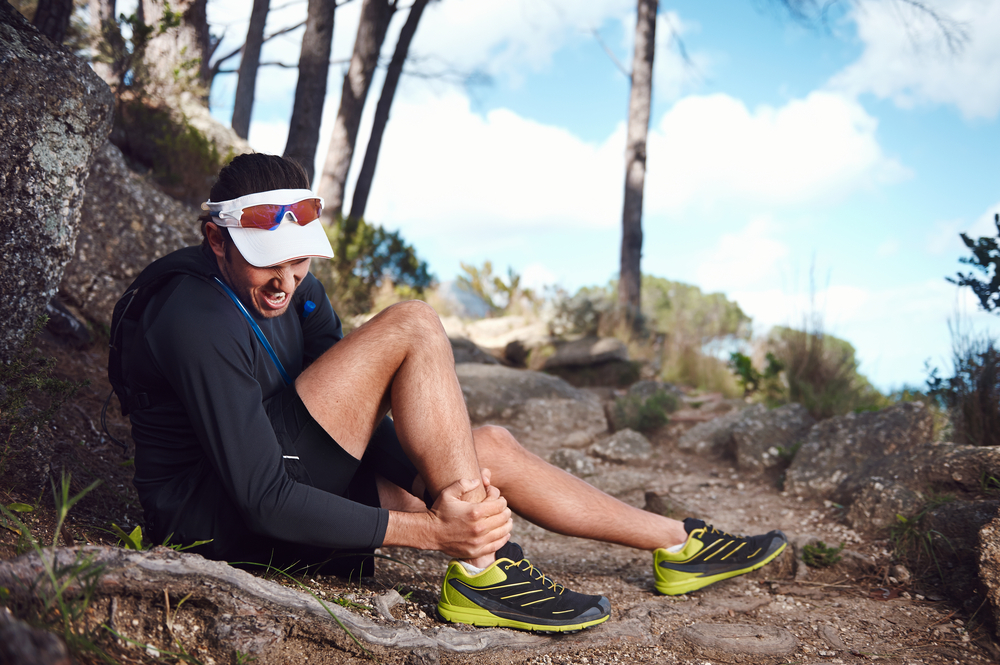
Whenever you engage in physical activity, whether it is running or general athletics, there is always some level of friction between the thighs. The friction may end up causing thigh chafing. There are numerous ways to prevent, control, or treat this condition.
Thigh chafing can be a painful thing if it is not controlled. The friction, in extreme cases, can lead to redness of skin and possibly skin cracking or blistering. Upper thigh chafing is the most common type of the condition, particularly because that’s where there is higher friction. It’s however important to note that chafing doesn’t affect thighs alone, although thigh chafing is the most common one among athletes.
In most cases, thigh chafing can adversely affect your exercise regimen. The pain that comes with it can make it impossible for you to maintain your fitness program, something that can subsequently affect your performance. In some cases if you sweat a lot, the sweat may meet the affected areas thus causing you more pain.
Causes of Thigh Chafing
Because most professional athletes maintain optimal weight, only a few experience chafing because of being overweight. As such, the main cause of thing chafing among athletes is the friction created during physical exercises. There are however those who experience chafing due to their body structures.
While chafing is primarily between skin and skin, it can also happen between your skin and the clothes you’re wearing. The problem with wearing ill-fitting or tight clothing is the possibility of creasing, which can painfully rub against your skin.
Extreme thigh chafing can also be as a result of dry skin. For someone who is not properly hydrated, the skin may be too dry that the friction becomes too high.
What Are the Available Thigh Chafing Solutions?
Since the causes of thigh chafing vary, there are consequently a number of measures you can explore to control the condition. Preventing thigh chafing is however the best way to go instead of waiting until it begins to negatively impact your exercise regimen.
In a case where you’ve started experiencing chafing, but where the problem hasn’t developed to extreme levels, you can take simple measures to control it so that it doesn’t halt your physical activities.
Below are some of the measures you can take to prevent or reverse the condition:
Apply Cream To Affected Areas – If you are experiencing chafing, you can reduce the friction between the thighs by applying cream. Whether you choose petroleum jelly or any other cream or balm, it should be one that lasts long on your skin. This is because there are those that disappear from your skin too fast, leaving it dry. Besides staying longer on your skin, the chosen cream should be one that can be applied regularly without negatively affecting your skin.
Wear Proper Clothes – In several cases, the pain you feel from thigh chafing can be worsened by the type of clothes you wear. To reduce the pain, wear properly fitting clothes so that the resultant friction is only between flat cloth surfaces. For example, wearing jeans during training can make your fitness regimen a terrible experience.
Shed off Some Weight – For someone suffering from thigh chafing as a result of being overweight, a good step in addressing the condition is by cutting down on weight. Because losing weight involves a number of factors, including physical exercises, the exercises you choose should be ones that don’t make your thighs to chaff. Besides physical exercises, you can also take advantage of dietary approach in order to get an optimal weight.
There are other general measures you can take to reduce chafing or the pain. These include drinking enough amount of water, exercising in a properly ventilated place in order to reduce dampening of the skin, and ensuring that you properly clean your skin.
The above measures aren’t necessarily for reversing the effects of chafing, but can also be explored as preventive measures.
Treating Thigh Chafing
Without a doubt: the best way to treat chafing is prevention with an aid like 2SKIN! However, if it is too late, there are ways to relieve pain.
Since chafing thigh is not an illness caused by disease causing agents, there is not a drug specifically for it. However, where damage has been done to the skin, you can get treatment for the wounded parts of the skin. Don’t just pick any off-the-counter medicines. It’s important to seek the advice of a qualified medical professional so that you get the right medicine. The medication may include antibiotics to help hedge off possible infections.
The healing process shouldn’t be interrupted either. That means you will have to stop getting involved in exercises that worsen the irritation or damage your skin (read more here). Once you’re fully healed, you should continuously take the right measures to avoid reverting to your previous condition.
When do you mostly start chafing or blistering? Share your tips in the comments below! 🙂